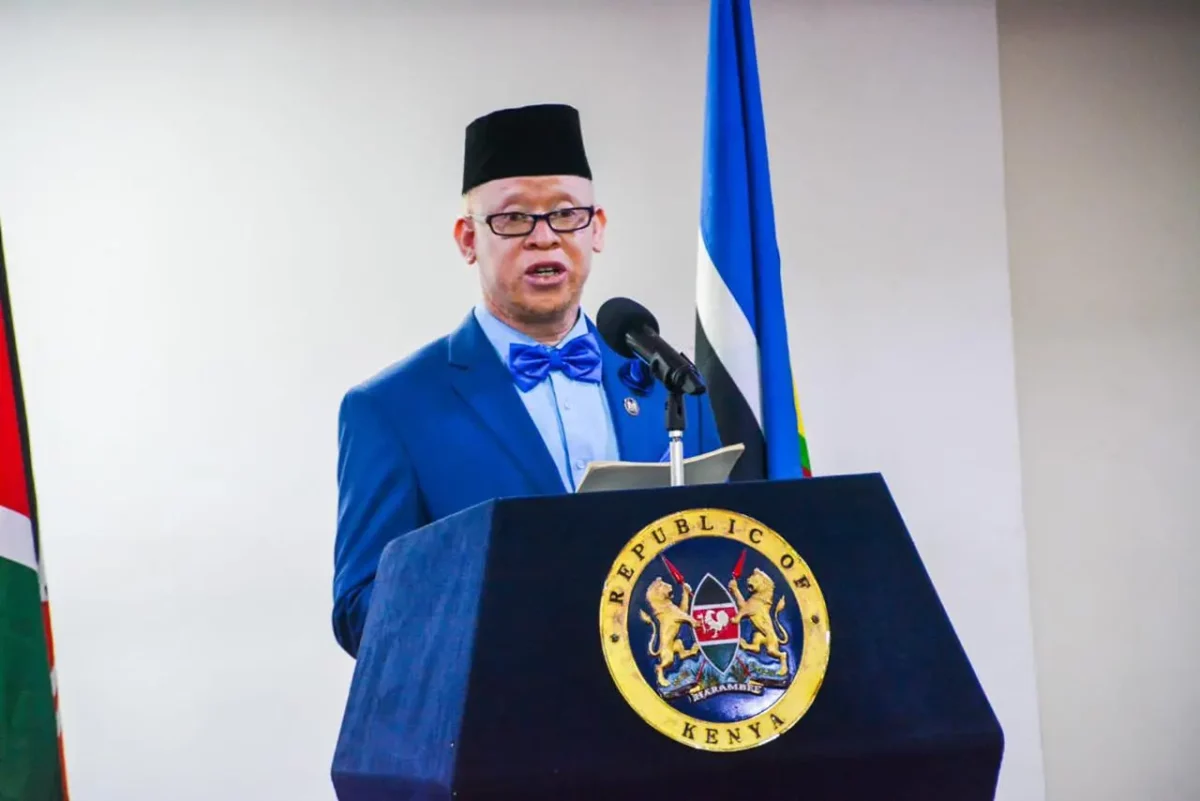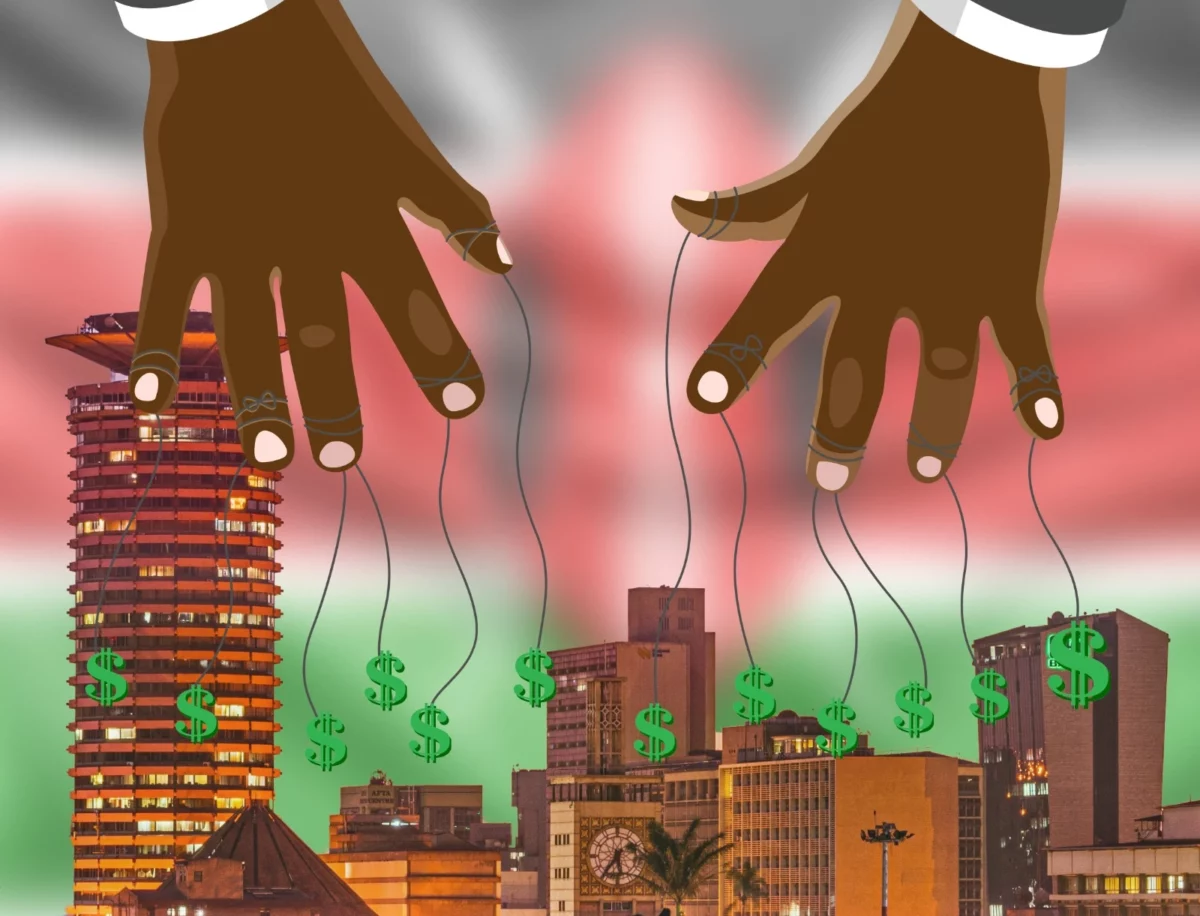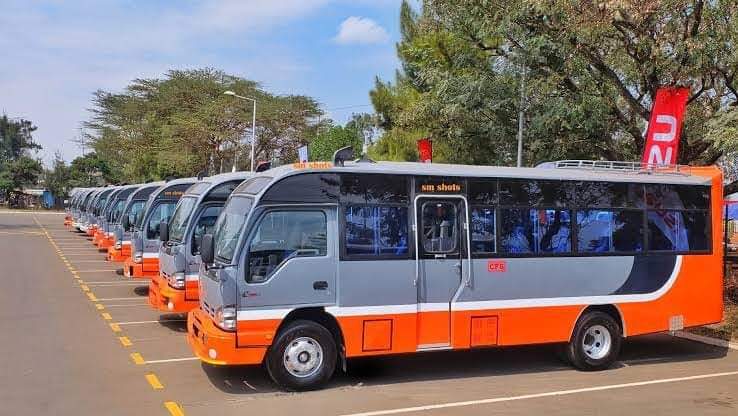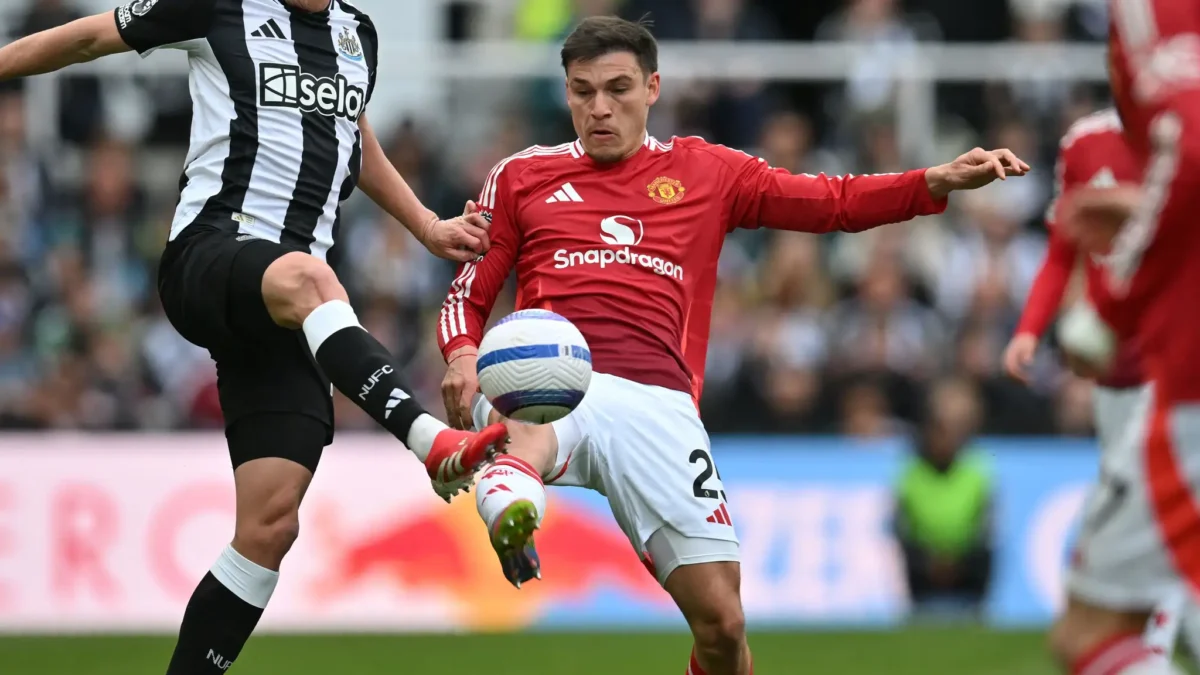Despite the promises made by world leaders at the Paris Agreement seven years ago to reduce greenhouse gas emissions in order to avoid the worst effects of climate change, countries like China, the USA, India, and the European Union failed to give the nod, causing the world to fall short of meeting the Sustainable Development Goals (SDGs).
The Paris Climate Agreement, signed in December 2015, aimed to limit global warming to 1.5 degrees Celsius from 2 degrees Celcius over pre-industrial levels.
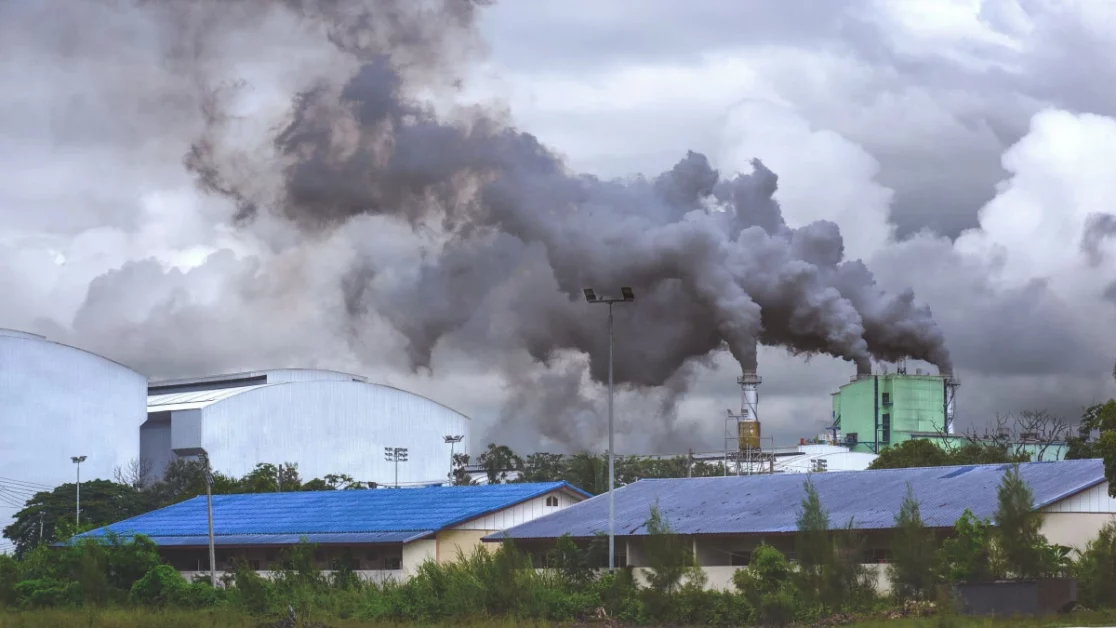
According to the New York Times, more than half of historical emissions of greenhouse gases like carbon dioxide and methane are contributed by the three nations and the European Union.
China is the top current emitter, with the United States being the largest historical emitter of carbon.
Follow us on Twitter at Switch Media Kenya.
Their actions are likely to have a massive impact on the future climate.
The emission reduction strategies of the top four emitters show significant challenges yet ahead as well as recent advancements.
United States
The United States, with its love of big cars, big houses, and blasting air-conditioners, has contributed more than any other country to the atmospheric carbon dioxide that is scorching the planet.
“In cumulative terms, we certainly own this problem more than anybody else does,” said David G. Victor, a longtime scholar of climate politics at the University of California, San Diego.
Many contend that the United States must now take significant steps to slow global warming.
The law is projected to bring emissions from the United States down significantly, but not enough to fully comply with a pledge to cut emissions by at least half by 2030 when compared with 2005 levels.
The U.S. government is expected by many others to play a leading role in both setting ambitious emissions reduction targets and assisting smaller and poorer nations to adapt to the destabilizing effects of the changing global climate.
This is because of the country’s enormous historical role in emitting greenhouse gases and its dominant position in the world’s largest lending institutions.
China
China has four times as many people as the United States, so the Chinese still burn far less fossil fuel on average than Americans — less than half as much, in fact.
The typical American also burns roughly twice as much as the average person in Europe or in Japan, and 10 times as much as the average person in India.
Over the past two decades, China’s emissions have surged as the country has developed economically at a breakneck pace. Mainly because of its reliance on coal, one of the highest-emitting fuels, China now accounts for almost a third of all human-caused greenhouse gases — more than the United States, Europe, and Japan combined.
India
India, like most developing countries, has not announced a specific timeline for peaking its emissions.
Its leaders assert that it should not be required to, given how little the country has contributed to historical emissions and how much it still needs to develop its economy in order to lift hundreds of millions of citizens out of poverty.
India’s emissions are steadily increasing, though not anywhere close to the rate at which China’s did during its decades of rapid development. Like China, India has relied heavily on coal as a fuel, though it, too, has been investing in large-scale renewable projects.
India’s prime minister, Narendra Modi, will not be attending the climate summit, according to a senior official familiar with his schedule.
This year, India modified its emissions reduction pledges but did not change its target date of 2070 for achieving net-zero emissions, the term used to indicate when a country cancels out its greenhouse gases through a combination of emissions cuts and measures to remove them from the atmosphere, like protecting forests that absorb and store carbon dioxide.
Projections show India’s emissions surpassing the European Union’s some time next year.
They also show India’s population surpassing China’s.
India’s per capita emissions rate is very low: less than half of the European Union’s and less than a third of China’s.
European Union
Of the world’s biggest emitters, the European Union has been the most affected by Russia’s invasion of Ukraine, which fundamentally altered the global market for fossil fuels like oil, gas, and coal, the burning of which results in most of the world’s emissions.
In the short term, most of the 27 constituent countries in the European Union have scrambled to find new sources of fuel as part of efforts to reduce overreliance on the Russian supply.
Germany, for instance, has increased coal mining and coal imports to shore up energy reserves ahead of winter, when consumption rises. European countries are now facing record energy prices, some of which have fallen on consumers, generating demands for speedy solutions.
European leaders have laid out a plan to dramatically increase investment in renewable energy infrastructure.
Imports of solar panels are soaring. Electric heat pumps are replacing gas in European homes at record rates.
The European Union is already well ahead of other major emitters in its transition from fossil fuels to renewables and is the closest of the big four to achieving its emissions reduction pledges.
Read also:





















